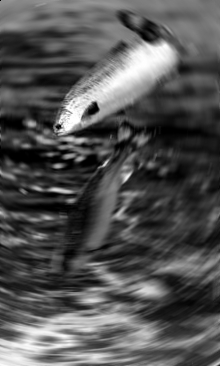Ocean could fit future farms
 Experts say there is enough space in the open ocean for a massive expansion of marine aquaculture.
Experts say there is enough space in the open ocean for a massive expansion of marine aquaculture.
Aquaculture is an important potential source of food, especially as the space constraints and environmental impacts of terrestrial agriculture increase.
Most aquaculture is currently based inland or near-shore, which is not ideal given competing pressures for these spaces.
The potential for open-sea aquaculture is less appreciated, and the size of sea space required to provide a substantial yield has been poorly understood.
Researchers divided the world’s oceans into grid cells of 0.042 degrees squared (where degree refers to degrees of latitude and longitude), and then used the known thermal ranges and growth rates of 120 fish and 60 bivalve species to calculate the amount of both that could potentially be farmed in each cell of ocean.
They then removed areas needed for other uses such as shipping and marine protected areas, and calculated the realistic biomass that could be harvested from each appropriate cell.
They find that 11.4 million km2 of ocean could be developed for fish and 1.5 million km2 for bivalves, providing over 100 times more than current total global seafood consumption.
They also find that the amount of fish currently harvested from all the world’s wild fisheries could be obtained from an area smaller than Tasmania.
These results set an upper bound for marine aquaculture, and demonstrate that space is not a limiting consideration.
The researchers say social, economic and other environmental factors will need to be considered, such as dietary choices, the cost of transporting aquaculture products from suitable growing areas to populous markets, and the ability to grow the food inputs that fish-based aquaculture requires.








 Print
Print